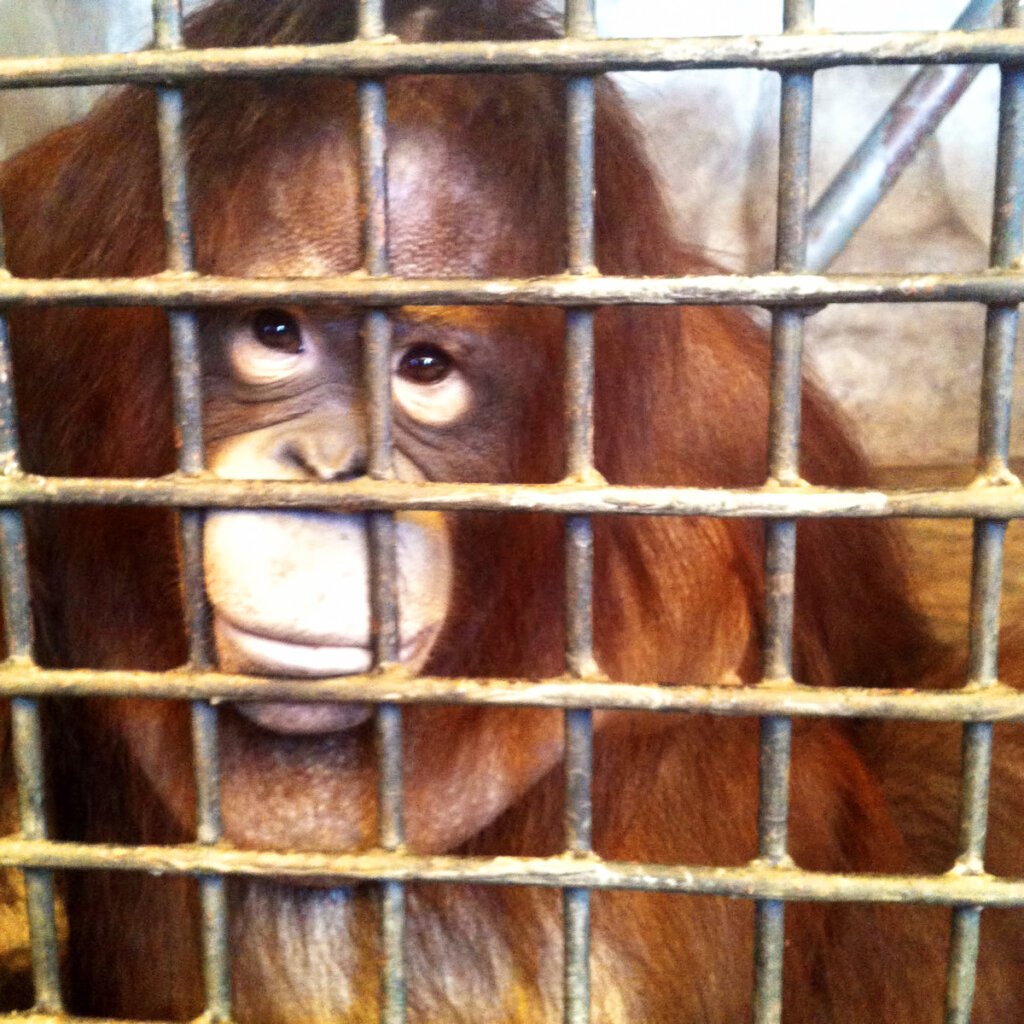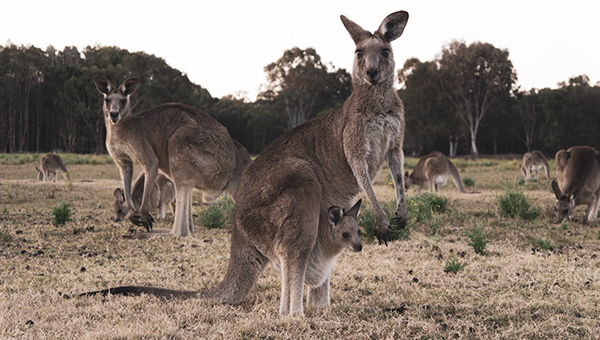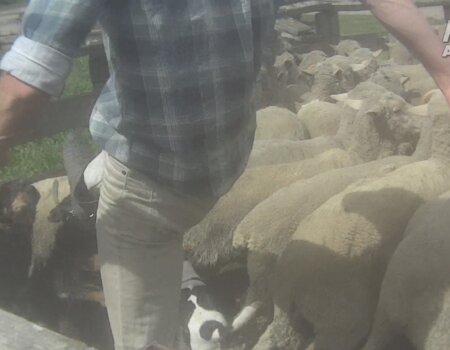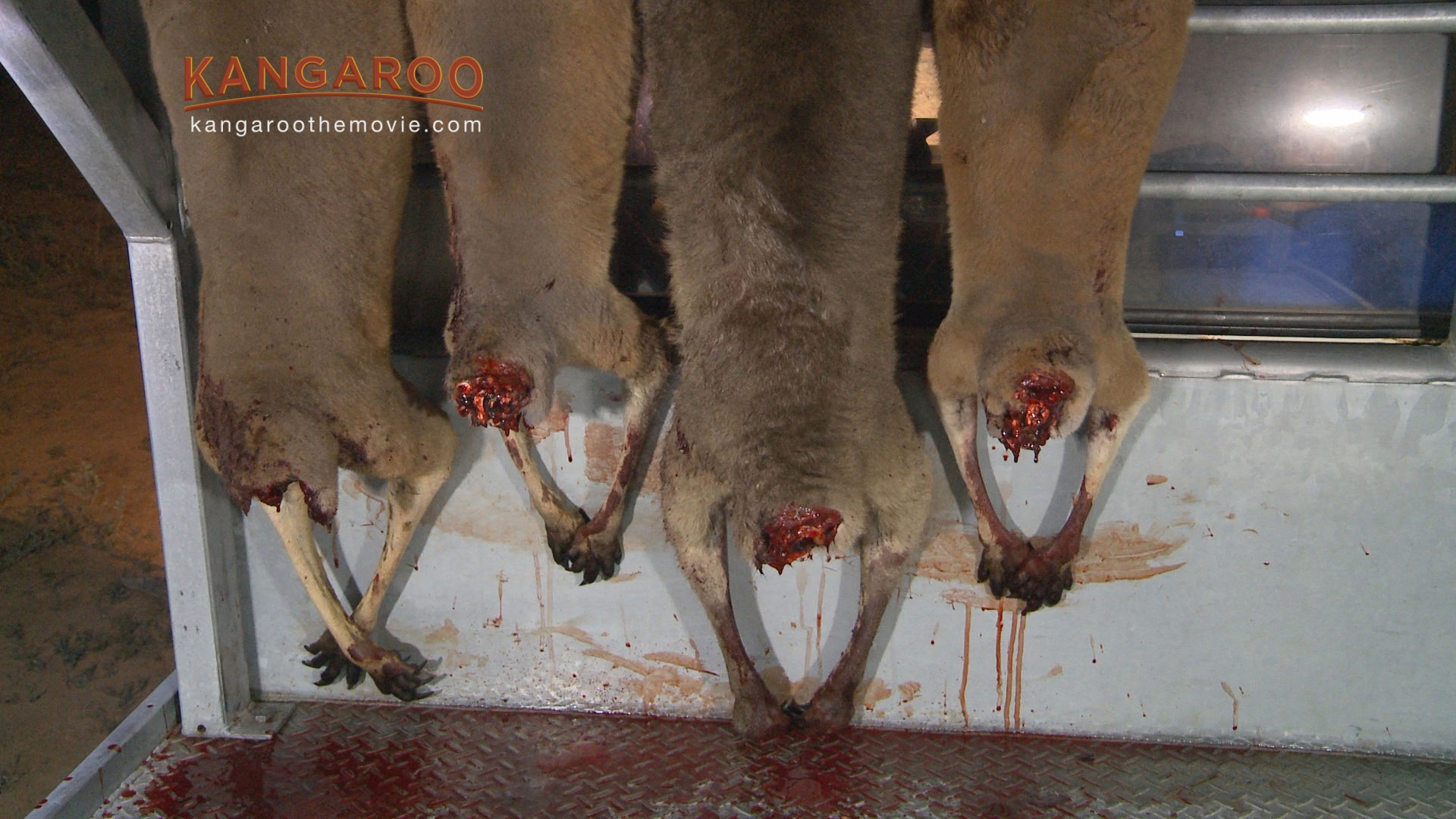
Australia’s Own Wildlife Trade Is Another Pandemic Waiting to Happen
Australians are outraged by the impact of the COVID-19 pandemic, and some people are looking to blame China for its consumption of wild animals. While it’s true that the novel coronavirus originated in a wet market in China, that country is not unique in its consumption of wildlife.

Australia Eats and Exports Kangaroo Flesh
Kangaroos are one of Australia’s most iconic species. However, every year, between 1.5 million and 5 million gentle, family-oriented kangaroos are killed for their flesh and so that their skin can be turned into leather for clothing and accessories, often called “k-leather”. Kangaroo flesh is sold domestically as well as internationally – mostly to Europe.
Kangaroo hunters stalk the animals at dusk while they’re grazing, shining bright lights to confuse and blind them. Then they begin to shoot. Many animals, including mothers carrying babies in their pouches, are wounded but not killed outright. They may escape only to suffer and die slowly. Adult kangaroos as well as orphaned joeys are then decapitated or their heads are smashed in, in a purported attempt to destroy the brain. Hunters frequently swing the babies against their vehicles to bash in their heads or simply leave them in the field to die of starvation, predation, or exposure.
Chinese live-animal markets are without a doubt cruel, but Australia’s kangaroo trade is no better.
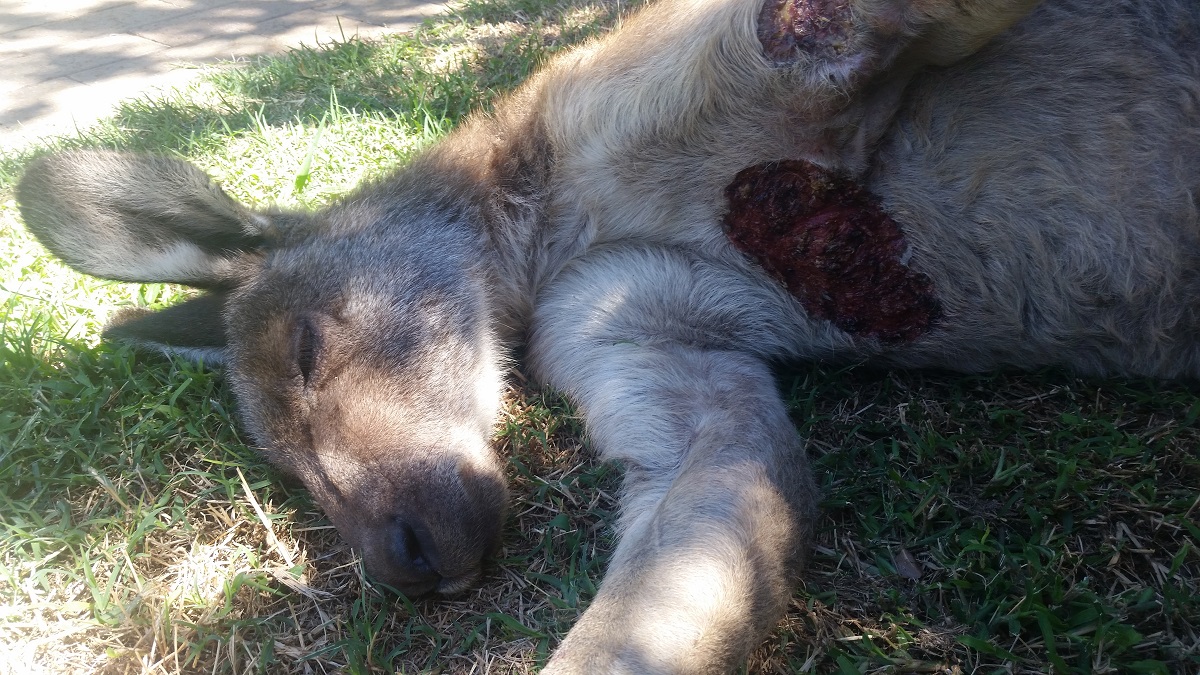
Kangaroo Meat and E coli
Kangaroos are often butchered in the field and transported on unrefrigerated open trucks. A two-year investigation conducted by the Wildlife Protection Association of Australia and Animal Liberation NSW found that many of the carcases stored by the kangaroo-meat industry were contaminated by dangerous bacteria, including E coli, streptococcus, and staphylococcus.
In 2014, Russia banned kangaroo-meat imports for a third time because of pathogenic contamination.
Zoonotic Diseases
Zoonotic diseases, which spread from other animals to humans, are not limited to one country’s practices or to the consumption of wildlife – wherever animals are being bred, intensively confined, and slaughtered, humans run the risk of another pandemic.
The US Centers for Disease Control and Prevention estimates that 75% of recently emerging infectious diseases affecting humans were transmitted from other animals. SARS, which originated in bats, claimed 774 lives. Swine flu (H1N1), which originated in pigs, claimed 18,036. Bird flu, Ebola, HIV, and mad cow disease also all started in other animals. The common factor among all these cases is that humans triggered disease outbreaks by exploiting other animals for food.
According to a paper published in 2018 by Belgian spatial epidemiologist Marius Gilbert, Australia had generated more instances of historical “conversion events” (that is, when a not very pathogenic avian flu strain suddenly becomes dangerous to humans) than China.
Don’t be racist or speciesist. From China’s markets to Australia’s kangaroo meat trade, the exploitation of animals invites disease.
Join us in asking the New South Wales and Victorian governments to end the kangaroo slaughter in Australia.
Help Animals in 2025: Renew Your PETA Membership!
